Gaining Inches
Living Well

Written by: Meg Sharp, Fitness & Wellbeing Consultant, Cambridge Group of Clubs
Our Team is loaded with remarkable Personal Trainers. One of the things we’re fabulous at is helping people lose inches. This requires some really powerful teamwork between trainer and client and is both challenging and exciting. Even more exciting is helping people gain inches. I’m not talking about adding size to your biceps, or shoulders, or thighs (though we can certainly do that too!). I’m talking about adding inches to your movement.
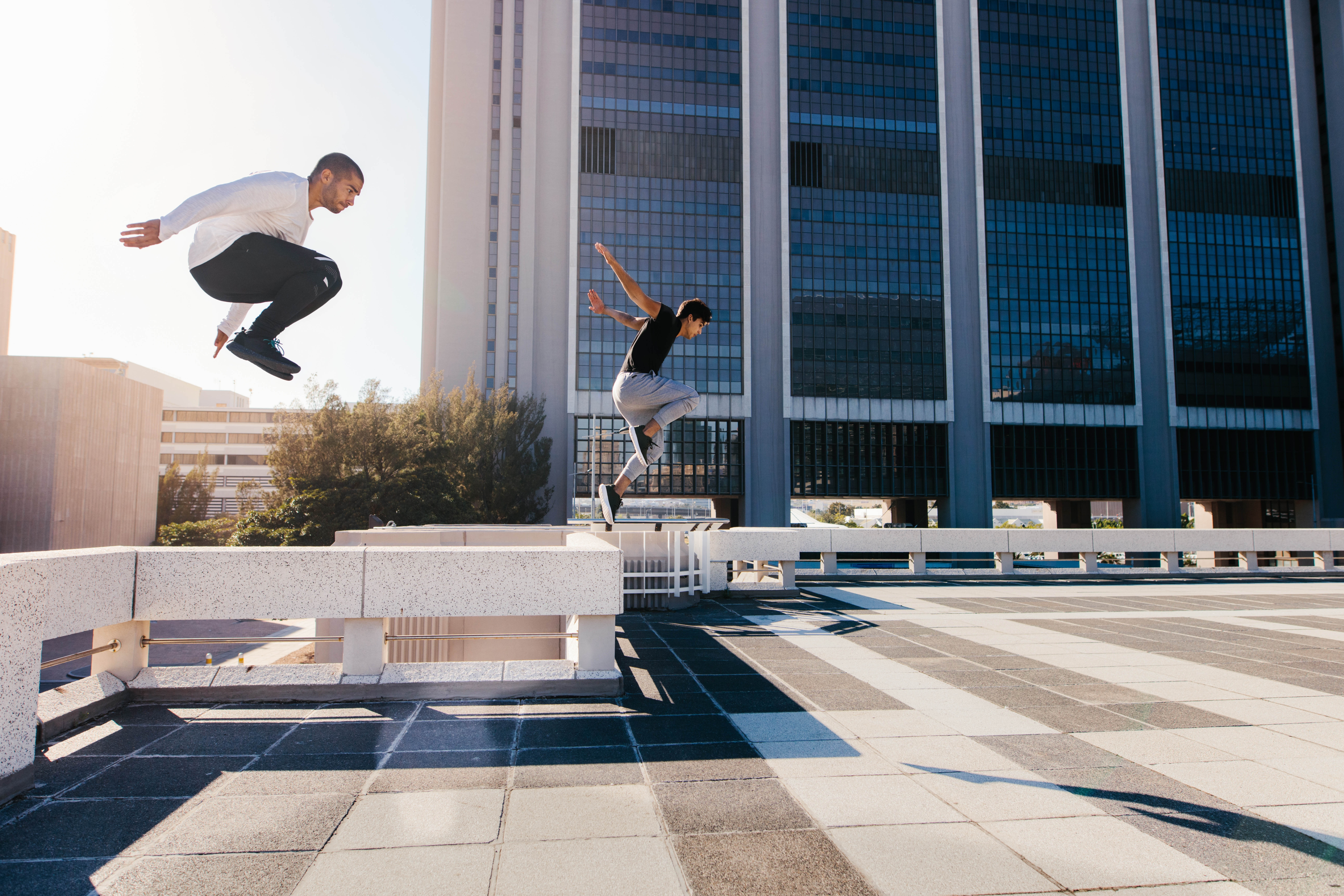
Improving your mobility is transformational. It decreases pain, improves performance, lowers risk of injury, increases strength, power, comfort, and confidence. We walk taller, bend better, and twist again like we did last summer.
Pause for just a moment: I’m referring to improving mobility vs flexibility. Let me explain this important distinction as we see it:
Flexibility is the ability of a muscle or group of muscles to lengthen passively through a range of motion. Mobility is the ability to activate those muscles through the entire range. Having flexible hamstrings doesn’t necessarily support better running mechanics. However, if you are able to actively control those hamstrings as they lengthen, you can likely move your pelvis into a more neutral position, brace your core better, optimize your knee drive, and land with a more centered foot strike. More efficient. More comfortable. More powerful. Less prone to injury.
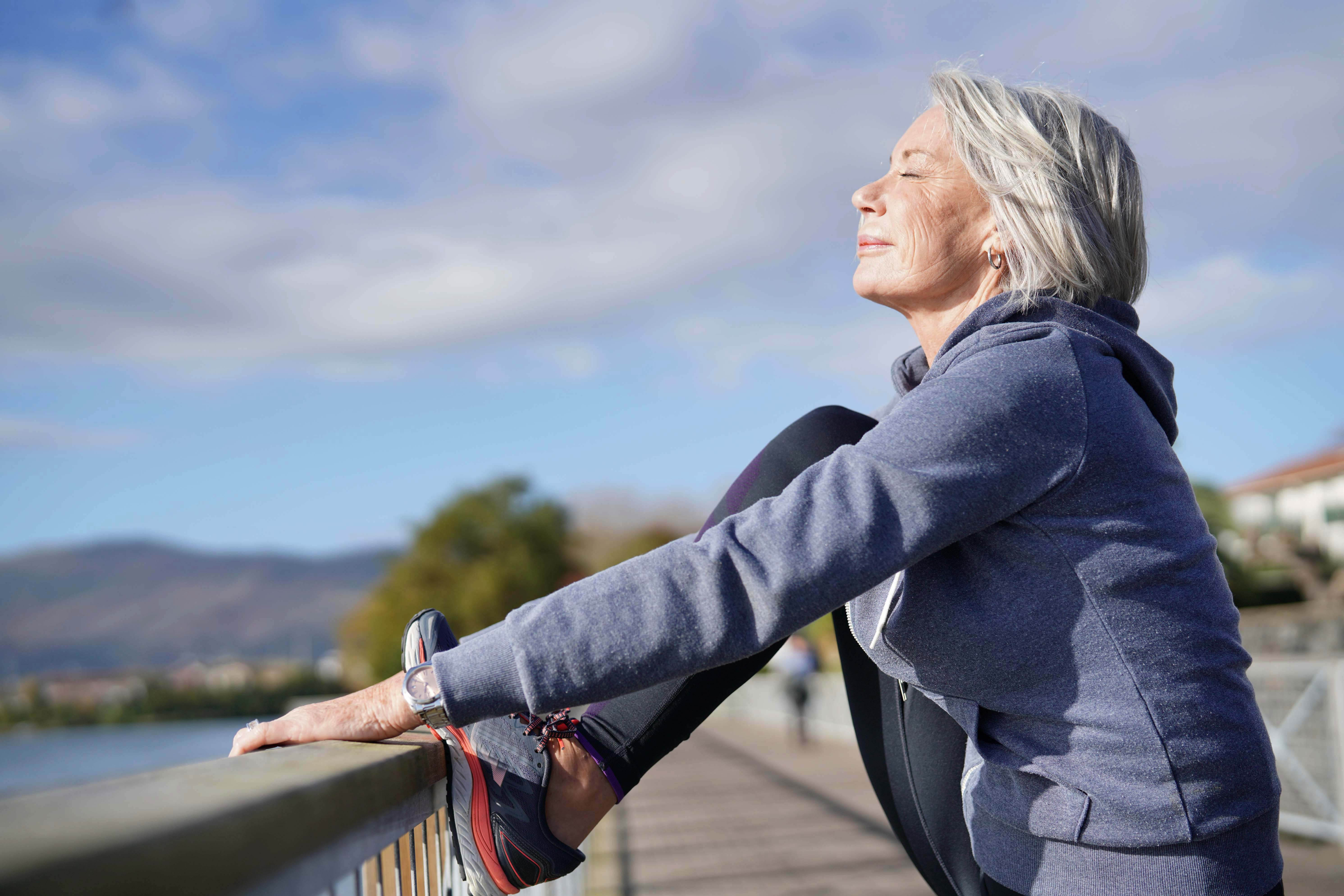
There are lots of interesting ways to increase the length of a muscle. But will it hold? Does all the rolling and stretching give you additional range that sticks? Not necessarily. Not if your body isn’t stable in that new range.
One way to improve your mobility is to ensure your strength training routine and technique strengthens your end ranges. By routine I refer to the specific selection of exercises that target those end ranges. Technique is a little more complicated to explain: We often tend to stop before we reach those end ranges, or hit them for less than a second. Try decelerating deliberately into the end of movement, hold for 2-3 seconds to ensure you can control that final bit of the lift. The weight’s going to feel quite a bit heavier. The gains are worth it.
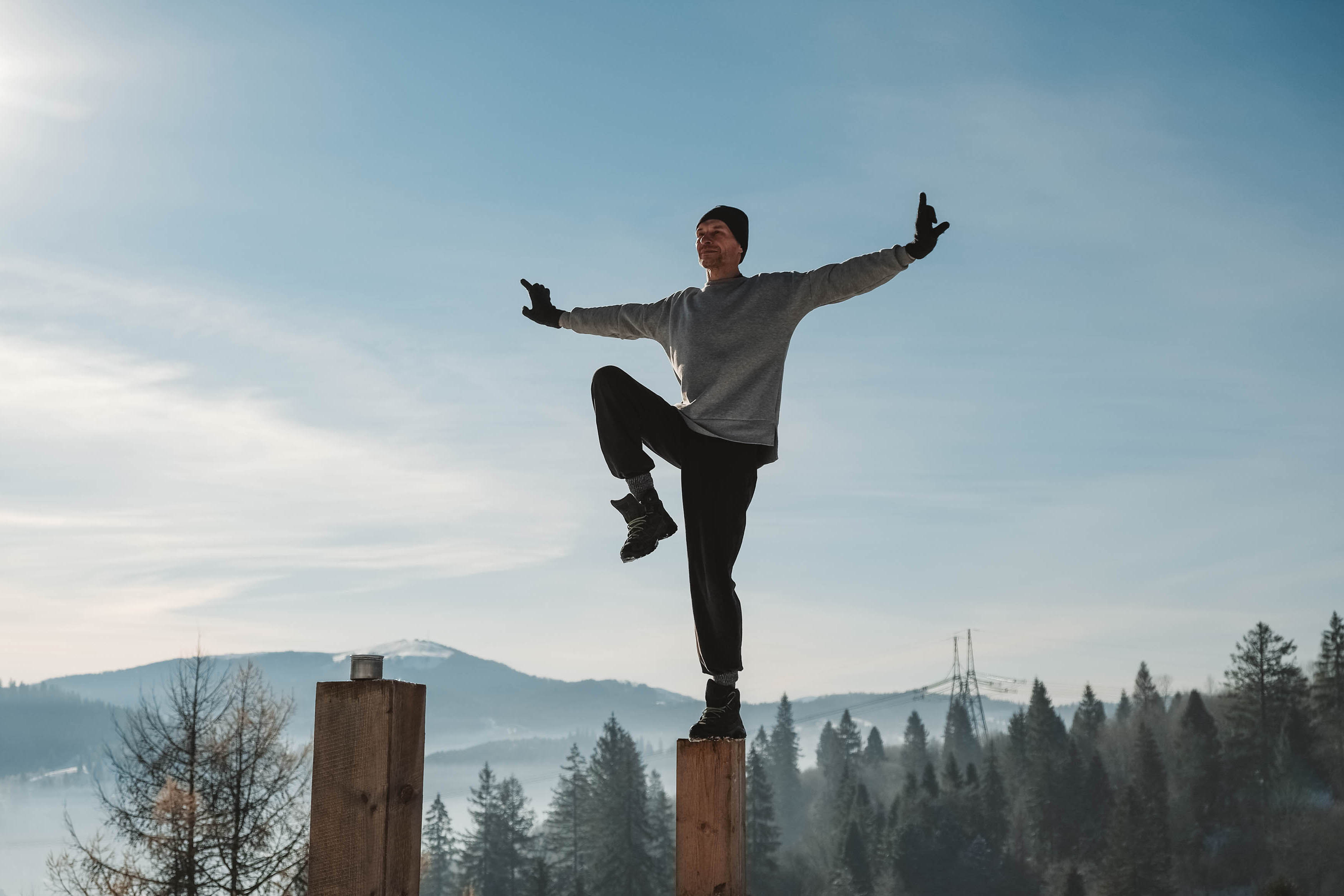
Another approach is to mobilize the joints a little before you progress to your planned workout. You don’t want to increase the range to the point that the body freaks out. You gain a little extra range and then train the body – elicit additional neuro muscular activation – to stabilize – be strong and controlled – in that slightly larger range. Tension is often a protective adaptation. The body will limit movement when it senses you are not able to control that movement effectively.
Create a little more mobility around a joint by lengthening a muscle or group of muscles a little bit. Then perform a movement that takes you through that new range and pause at the end of the range. Load it. Activate the muscle fibers that support that extra, “new” mobility.
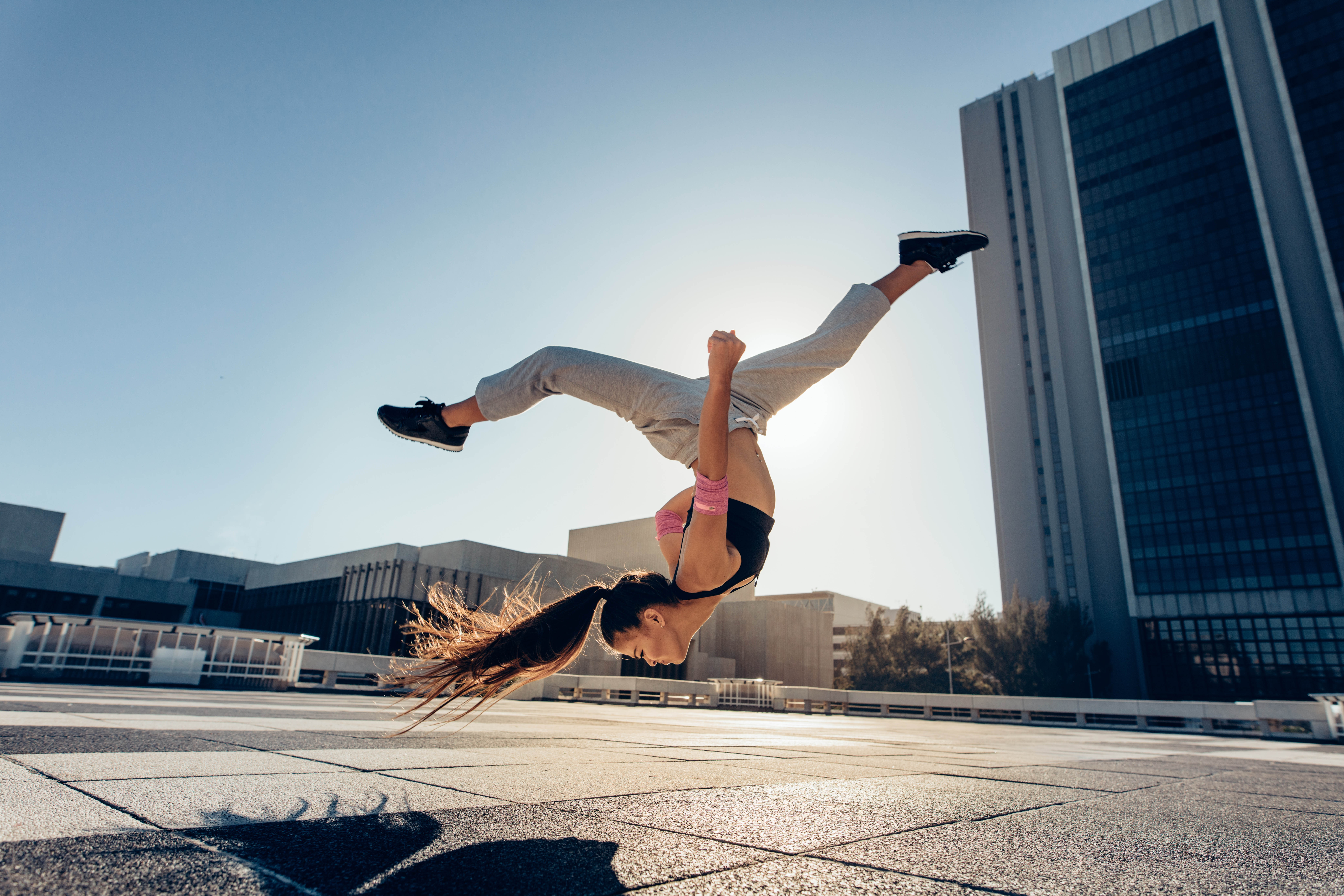
Let’s try an example:
Sitting for long periods of time can create tight, shortened hip flexors and relatively weak glute and abdominal muscles. The patterns compliment and reinforce each other.
Strong glutes create great hip extension. This is when you drive your hips forward and move your pelvis from an anterior tilt to a neutral or posterior one. You will be better able to brake at neutral, that is control that movement to slow down and stop at neutral if you also have good abdominal control when the pelvis is in that neutral position. But tight hip flexors inhibit full or even decent hip extension. Tight hip flexors keep your pelvis in an anterior tilt, encouraging poor abdominal and glute activation.
- “Open up” the hips a little. You perform mobility or rolling protocols that create a little more length through the hip flexors. Ideally through the rectus femoris and the psoas. This should allow the pelvis to move a little more towards neutral. Now your pelvis is in a better place to fire the glutes and the abs.
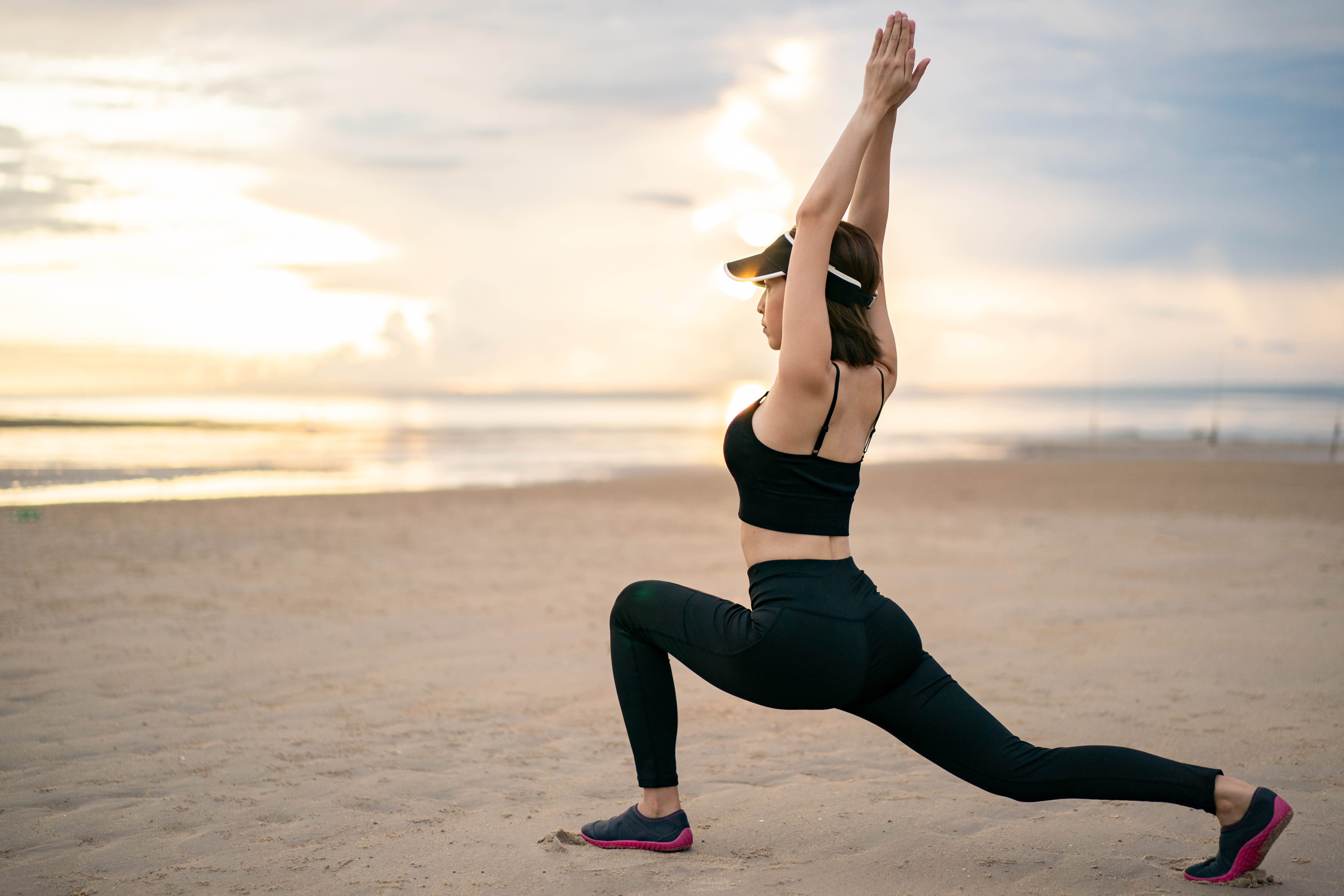
- Get on your back and perform a hip bridge. Ideally, you will note you are able to get the hips a little higher and activate both the glutes and abdominals a little more.
- Hold that slightly higher position.
- Avoid pushing the hips up so high that you feel your low back firing.
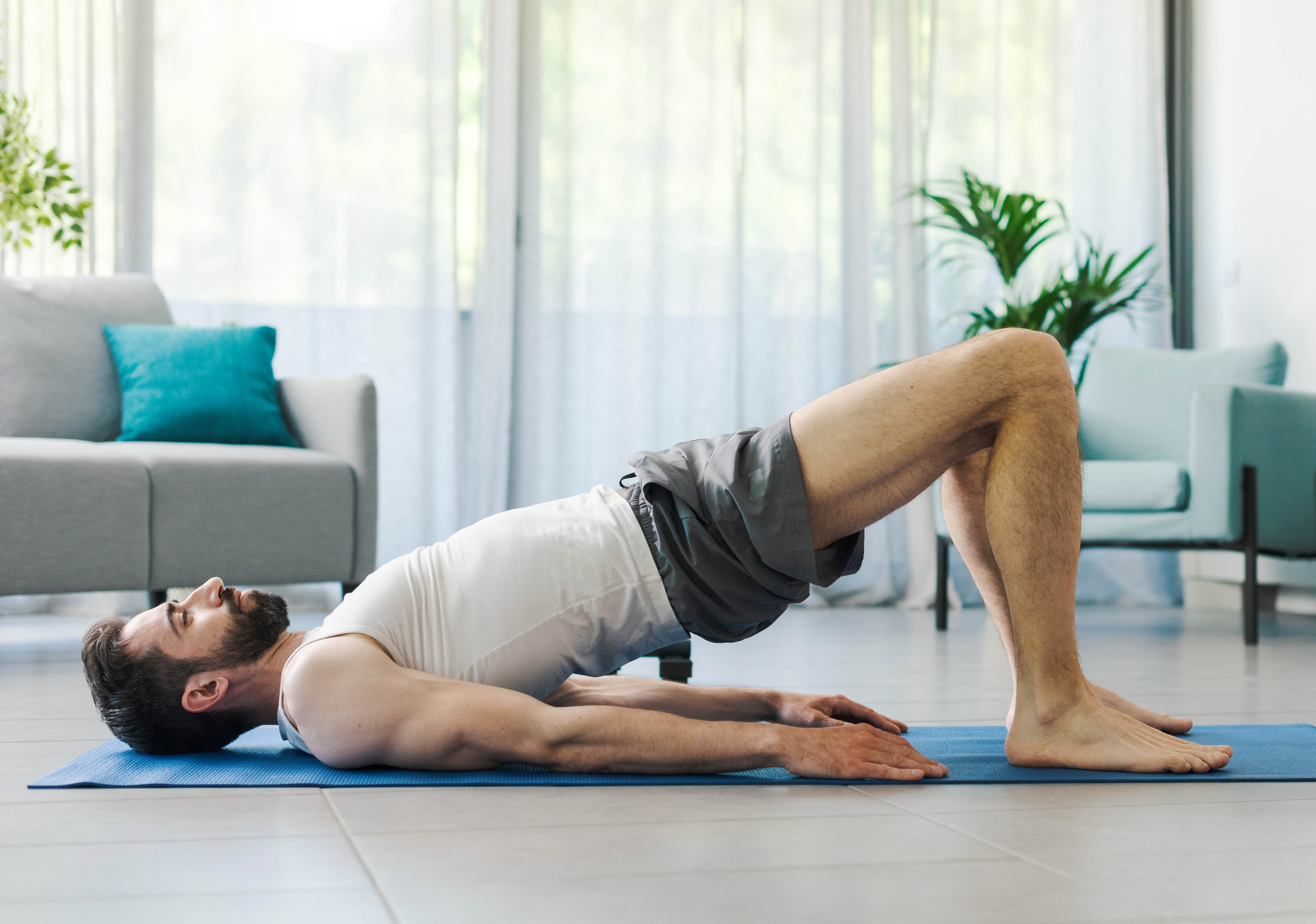
You’re looking to create active control for that new, more open pelvic position, by teaching the abs and the glutes to fire and hold that new range. You are teaching the hip flexors that it’s okay to lengthen a little. They don’t need to stay totally jacked in order to protect our bodies. In order to keep our pelvis safe and stable. You’re teaching your body – and your hip flexors – that they can now start to count on the glutes and abs to control that extra range. Now we can access that range for many activities. That slightly new range keeps getting positively reinforced. The glutes and abs keep getting stronger. And then you can move onto a new range. Continuing to work on increasing mobility and stability through the hips. Or moving on another joint and muscle group.
It’s a long example I know. It’s not a simple process. But it’s remarkably effective. You didn’t get stuck into maladaptive strength patterns overnight. So, it will take time to gain active mobility. It’s worth it. We can help.